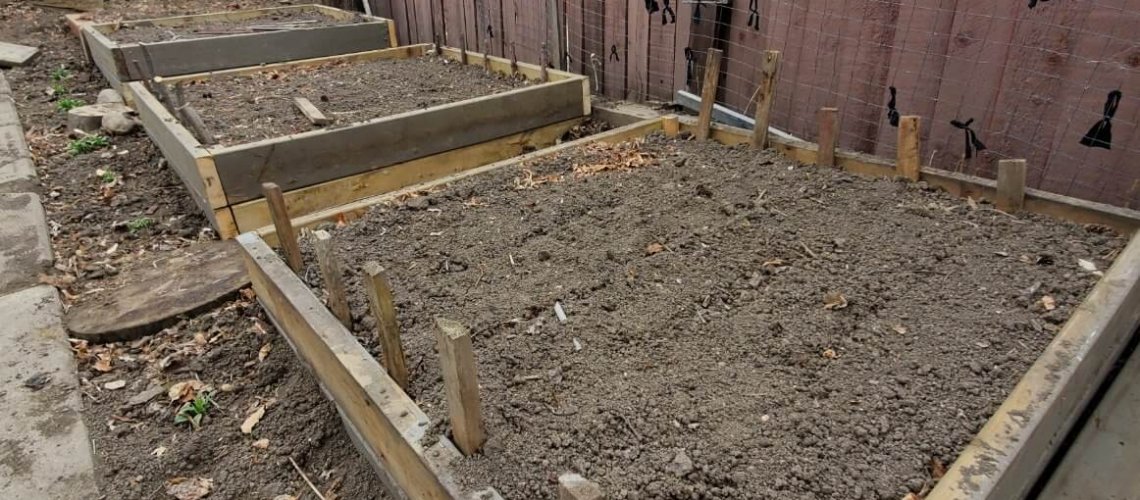Austin Kleon in his book, Steal Like an Artist, stated: “Plagiarism is copying from one source. Research is copying from many.” In the past one could research four or five sources and get good information. Now, with all the fake news and fake websites, this no longer applies. Consider the antivax, flat earth, websites refuting global warming, and even gardening websites. We even have garden centers in St. Albert selling perennials for zones four and five.
The solution – spend time reviewing websites for our Zone 3, talk to gardening experts at the greenhouses, and experiment, all the time making notes of your experiences.
Well it’s March and time to share some observations with you on last year’s successes and failures, and this year’s preparations.
I found that I have to start with more moisture in the peat I used to store my carrots and parsnips. Yes, they stored well until January, but deteriorated quickly in February.
I tried three ways of storing cabbage. The best way to pull them out by the root and place them in a tub of moist dirt. The worst was to wrap them in a moist paper towel and put them in the fridge. They rotted several layers down and I lost almost half of each cabbage. Freezing was the second-best way.
Potatoes have never been a problem. After digging them out, I cure them in a warm dark area for about 3 days. Then keep then in a light-proof container at 5 degrees Celsius.
While my onions kept pretty well, some rotted. This year, I will put them on a rack and with a heater blowing warm air over them for at least 3 days to thoroughly dry out the outer layer. Then, keep them in a cool dry area.
And so, a new year starts. In preparation for indoor planting, I have created a mixture of compost, peat, and potting soil. I will fill the seed starting pots with this mixture plus an inch of seed starting soil. Tomato, amaranth, pansy, petunia, marigold, blanket flower, nasturtium, and lobelia will be started in mid-March. I have heard that blowing a stream of air over the seedlings for an hour a day will create stronger stems. So, will try that as well.
Squash will be started in large pots with the bottom cut out so I can plant them without disturbing the root structure. I will put them out in early May, depending on the weather, and cover each with a cloche. That way I hope to have enough growing days to get a decent harvest. I will start one large pot of cucumbers in my sunroom-green house for an early crop. Later, I will plant two cucumber hills outside.
I will continue to rotate vegetables over a four-year period, helping the soil to renew itself, growing vegetables that require different nutrients in their new location. For example, beans or peas put nitrogen into the soil. I will grow nitrogen loving vegetables, such as lettuce, cabbage, or broccoli in beds where I grew beans last year. Also, the rotation will, to some extent may fool insect pests that when hatched, won’t have their host plants nearby. I will continue with no-till in all areas except those where I plant cabbage, turnips, and broccoli.
Outside planting will start in mid-April to late May, depending on the optimum soil temperature for germination. Mid-April – spinach, pok choi, lettuce, and radish. Early May peas, carrots, and onions. Mid May – cabbage, turnip, and broccoli. Near the end of May, beets, beans, cucumber, Swiss chard, and potatoes. As usual this all depends on the weather.
Why do I garden? I raise tasty, healthy, organic vegetables, fruit and berries. My time spent in nature is regenerative to both my mind and my body. I also save some money. And in my small way I am helping to combat global warming. If enough of us do this, we can make a big impact on the health of our planet.

Recent Comments